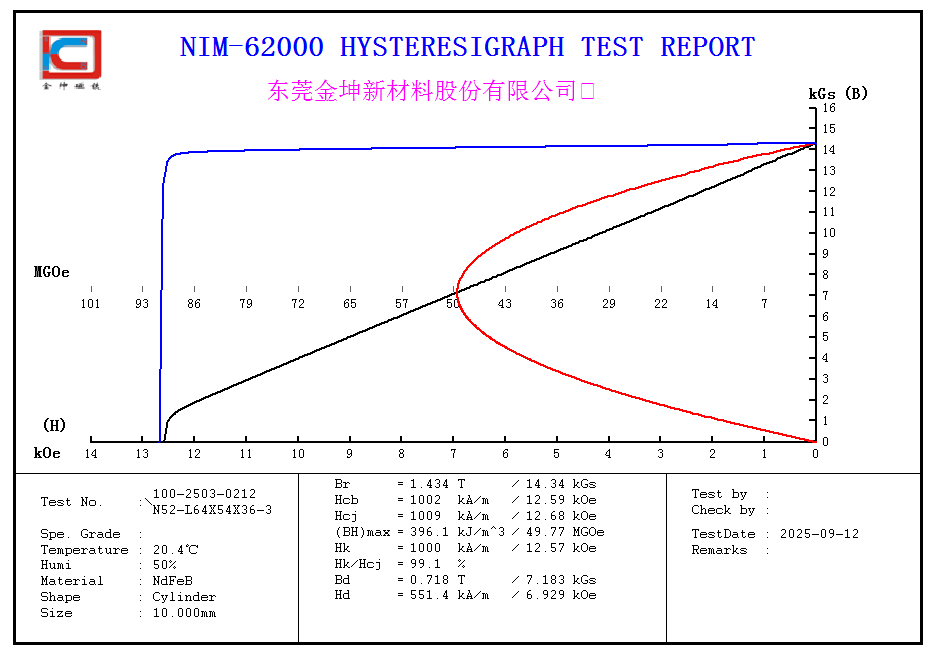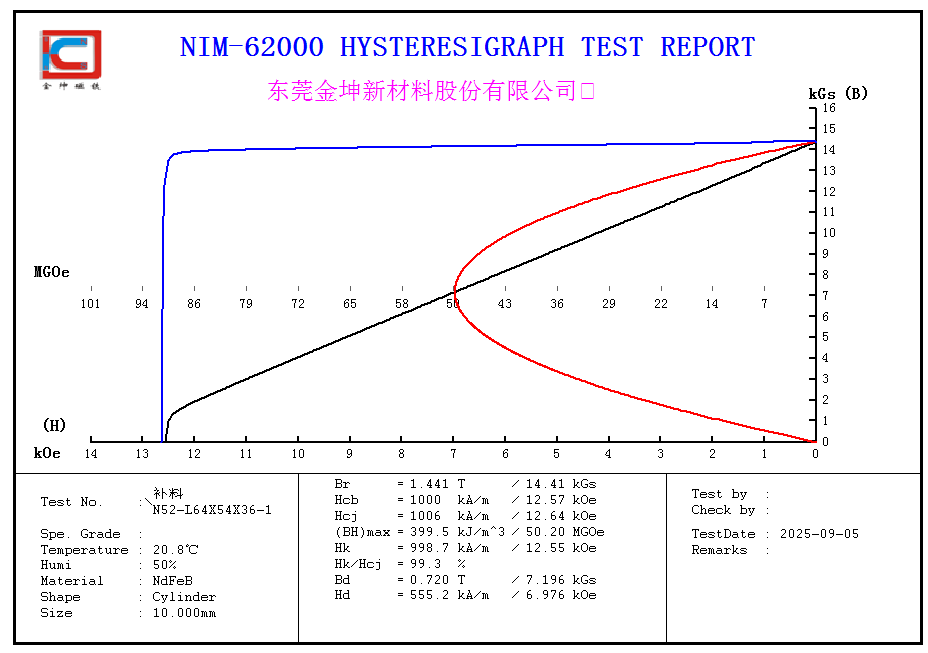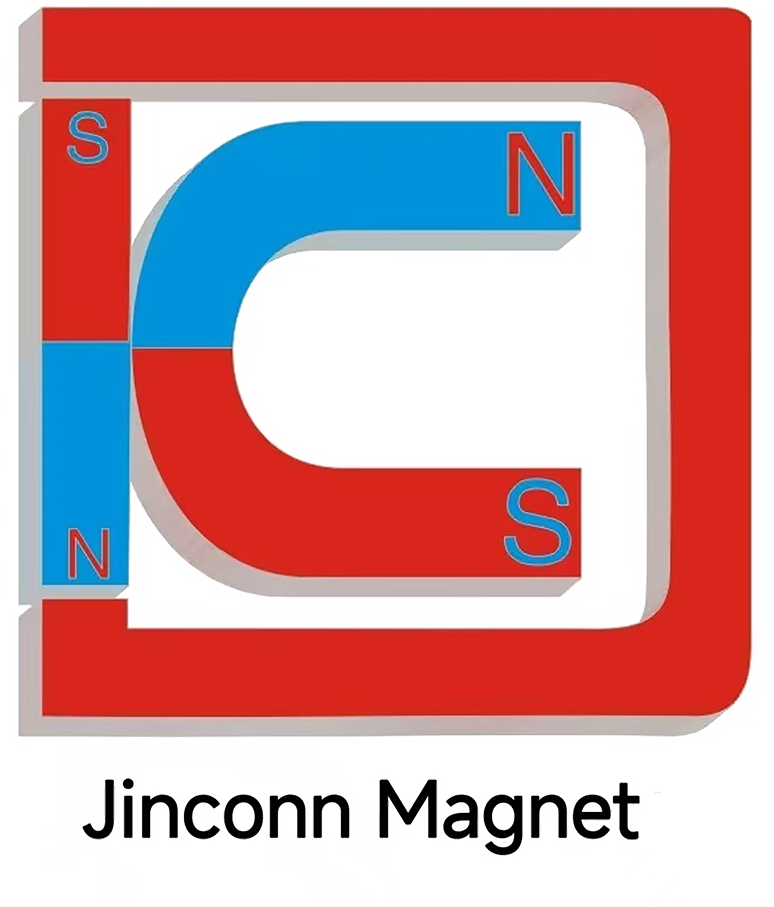Rare Earth Neodymium-Iron-Boron Permanent Magnet, N Grade
Rare Earth Neodymium-Iron-Boron Permanent Magnet, N Grade
Core Performance Parameters:
Residual Induction (Br): ~1.1–1.3 T — Excellent magnetic properties, delivering high magnetic flux.
Intrinsic Coercivity (Hcj): ≥ 12–14 kOe — Moderate resistance to demagnetization, suitable for low and room-temperature environments.
Maximum Energy Product (BHmax): ~280–400 kJ/m³ — High energy density per unit volume, making it an ideal material for common applications.
Maximum Operating Temperature: ~80 °C — Relatively low heat resistance, not suitable for high-temperature environments.

Comparison with Other Grades:
N Grade: Lowest heat resistance (≤ 80 °C), but strong magnetic performance; suitable for low-temperature and general-purpose applications.
M Grade: Heat resistance up to 100 °C, suitable for slightly higher temperature requirements than N grade.
H Grade: Heat resistance up to 120 °C, offering balanced performance for industrial and mid-to-high-end applications.
SH Grade: Heat resistance up to 150 °C, meeting demanding environmental conditions but with higher cost.

Comprehensive Advantages:
High Magnetic Performance: Excellent energy product and residual induction under room temperature.
Cost Efficiency: Lower manufacturing cost, offering a high cost-performance ratio for mass applications.
Wide Applications: Ideal for consumer electronics and general-purpose devices with low temperature resistance requirements.
Typical Applications & Cases:
Consumer Electronics: Magnetic earphones, mobile phone speakers, computer hard disk drives — providing stable magnetism in low-temperature conditions.
Daily-use Devices: Magnetic fasteners, refrigerator door seals, magnetic toys — leveraging strong magnetic properties for everyday
functionality.
Small Motors: Fan motors, printer motors, electric toothbrushes — meeting common power output needs.
Magnetic Tools: Magnetic hangers, magnetic switches — simple in structure, cost-effective, and highly practical.




Jinconn WeChat









